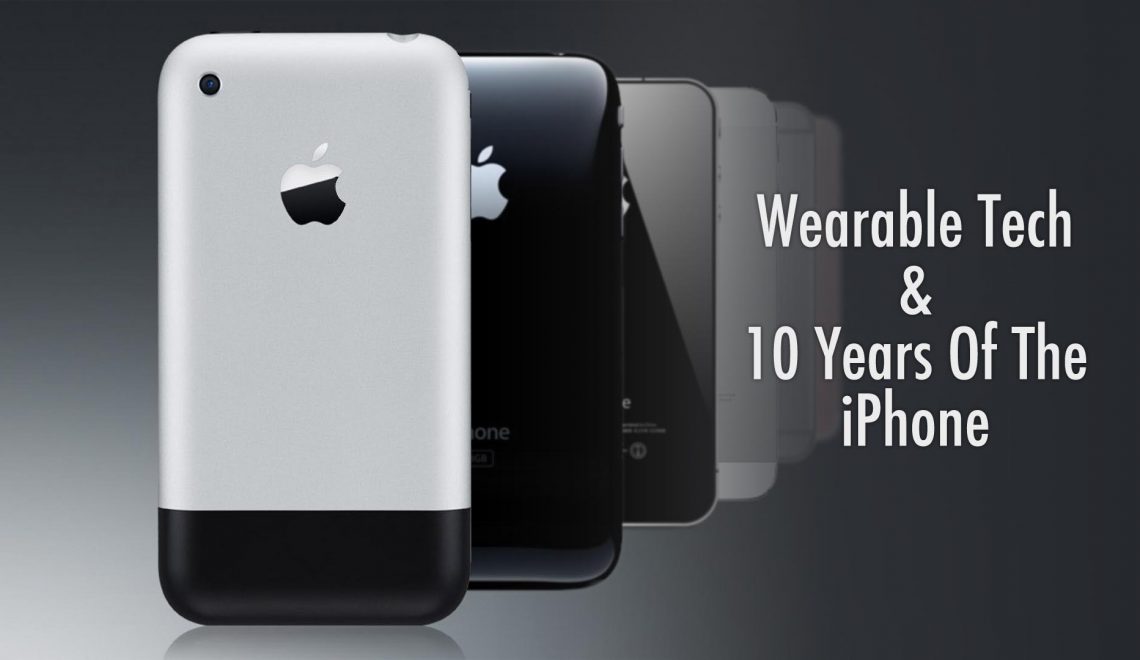The wearable technology industry has had a heavy pause for the past several weeks as it awaits the launch of the Apple Watch. The device, launching on April 24th, is viewed by many as the bellwether of consumer interest, and perhaps understanding, of wearable connected technology. With mixed reviews starting to roll in for the Apple Watch, it is clear that these smart devices have an uphill challenge. A watch that displays all the same information that is presented in more detail inches away on your phone is a tough sell. Perhaps, though, we are thinking of a smartwatch through the same lens that we think about a smartphone, when the way we interact with it should be something entirely new and different.
Smartphones work a lot like a pocket-sized computer. Whether it is a computer or phone, these are devices we turn to when we want to pull information down from the internet or cloud. What did George say in his meeting recap email from yesterday? What is a good recipe for pork tenderloin? What is flight availability to go to Chicago on Monday? How deep is Lake Superior? To find out this information we need to go online and cull through a large amount of data to find the exact details we are looking for. Not only does it typically take more than a few seconds, we also need to be able to see a large amount of information on the screen at one time. Clearly it is impractical to do any of the above examples on a watch-like device; between the screen size and having to hold up your wrist, this would be a very tedious effort.
Over the past several years our mobile devices have evolved to alert us when something or someone needs our attention. The phone vibrates, lights up, and displays a summary of what needs to be attended to or looked at as the notification is received. While originally viewed as a streamlined way to receive only the most important information as quickly as possible, most smartphone users are now overwhelmed by the sea of notifications they receive. In fact, all mobile operating systems have an entire part of the user interface dedicated to sorting through the mass of notifications we are presented with. At the end of the day, these notifications are a request to pulling down data when it is received, rarely when we need it, from the internet.
One of the biggest marketing points for smartwatches to date has been “notifications on your wrist.” Yes, there are some notifications I want to make sure I am better aware of (it is way too easy to miss an important phone call or text as you walk down a busy avenue in NYC), but I doubt few people older than a millennial has a desire to have a constant connection to their notifications and social media feeds.
This marketing message, played out by everyone from Apple to Google to Pebble, is a miss. Yes, it is something smartwatches do well and easily, but is it really a compelling “need” that can sell a device. Perhaps as we wade through the first generation of devices and operating systems, it is the best we can expect functionality wise from a wearable. I believe that as developers are able to gain greater access to creating experiences for our watches, we will see a fundamental shift in what a smartwatch is and in its role in our everyday life.
When you no longer think about a watch as a data puller, like our phones, and frame it as a data pusher, things start to become more interesting. Our phones are incredible devices; they know our schedule, where we are, where we go, and how we get there. This information could be used to provide a smartwatch with everything needed to make our lives seamless, providing us with the exact information we need as we need it.
 Imagine as you first put on your watch in the morning, the top news headlines are already on display along with information regarding your first appointment on the calendar. As you walk out of your home to go to work, you glance down and the device is already displaying how long until the next subway you take arrives. Once you arrive at the station, the watch already knows you will need your subway card and has pulled it up for you to use.
Imagine as you first put on your watch in the morning, the top news headlines are already on display along with information regarding your first appointment on the calendar. As you walk out of your home to go to work, you glance down and the device is already displaying how long until the next subway you take arrives. Once you arrive at the station, the watch already knows you will need your subway card and has pulled it up for you to use.
All of these tasks could easily be done on your phone, launching individual apps as you need them and pulling the information you want from the device. But if your devices know your day, why not simply push you the information and anticipate what you need or will want to know. Foursquare, as crippled and contrived as it is currently, does an amazing job of one thing: knowing what you are doing. A minute or two after sitting down at a restaurant, Foursquare sends a notification with a snippet about where I am and often offers up a not-to-miss dish or drink. Imagine this concept for our entire day’s activities.
A smartwatch is potentially a very compelling platform, but one that most journalists complain is still waiting for a reason to exist; it is just as easy to simply take out your phone. I believe that when you start looking at how a watch could change the way information is presented, you begin to unlock the platform’s unrealized importance. A watch is a very personal, intimate device, the information it presents just needs to become more personalized.





